Using a personal loan to pay off your credit card debts enables you to consolidate all the money you owe into a single monthly payment. But be careful: personal loans aren’t interest-free and could tempt you to spend even more.
Key Takeaways
- Debt consolidation rolls all your debts into one by paying several outstanding balances with a single loan.
- While it’s easier to keep track of a single personal loan, you aren’t guaranteed lower interest rates, easy debt management, or approval.
- Applying for a balance transfer credit card, consumer proposal, or debt management plan is preferable to securing a home equity loan or borrowing from your RRSP.
Never miss an amazing deal again + get our bonus 250+ page eBook for FREE. Join 50,000 other Canadians who receive our weekly newsletter – learn more.
How can I use a personal loan to pay off my credit cards?
Debt consolidation is the practice of paying off several small debts with a single large loan. For example, paying off your credit cards with a personal loan leaves you with a single payment due date and monthly payment to manage – hopefully at a lower interest rate than before.
Balance transfer credit cards are specialized credit products that make it easy to consolidate your debt. It’s easy to apply for one (and get approved) and you could pay as little as 0 – 7.99% interest for 6 – 12 months.
Pros and cons of personal loans
When you take out a personal loan, you and your lender agree on a fixed sum of money and length of time for you to pay it back. The principal you borrow could be anywhere from $100 – $50,000, while the term could extend for 6 - 60 months.
The interest rate could also be fixed, or "variable," meaning it changes with the prime rate set by the Bank of Canada. Personal loan interest rates usually average 11% in Canada (compared to 20% for credit card interest), but it depends on your credit score, credit history, and the type of loan.
- An unsecured loan tends to be more expensive because your lender doesn’t get reimbursed if you decide not to pay.
- A secured loan uses personal assets as collateral, making you eligible for better interest rates – but only because you’ll forfeit your house or car to your lender if you default on your debt.
Take a moment to consider the potential pros and cons of using a personal loan to pay off your credit cards:
Pros:
- Consolidates your debt into a single monthly payment
- Interest rates as low as 4%
- May be secured or unsecured
- May help you pay off your debt sooner
- May improve your credit score by lowering your credit utilization ratio
Cons:
- A hard credit check during application could lower your credit score
- Approval isn’t guaranteed
- Increases debt potential
- Interest rates as high as 46%
- No minimum payments – you must pay in full amount every month
- Secured loans may cause you to lose personal assets
- Subject to origination, late payment, and missed payment fees
Take note: Scientific studies show that increased credit limits usually provoke increased spending. Without discipline, adding a personal loan could worsen your debt instead of improving it.
7 steps to paying off credit cards with a personal loan
Credit card interest charges are the number one reason that people spiral into debt. If you decide to use a personal loan to pay off your outstanding credit card balances, it’s in your best interest to do so as soon as possible – no pun intended.
Credit Card Interest Calculator
But before you do, take a moment to consider your past spending habits. Think seriously about whether you can resist the temptation to spend more if you get approved for a personal loan – or if you get the green light to use your credit cards again.
If you decide to proceed, only 7 steps stand between you and paying off your credit cards with a personal loan:
- 1. Calculate your needs: Add up your total credit card debt and determine the minimum loan you need.
- 2. Research lenders: Compare banks and credit unions based on their interest rates, loan sizes, term lengths, reputation, and application criteria. If you receive an unexpected windfall, will the lender penalize you for paying off your loan early?
- 3. Make a budget: Subtract your usual monthly expenses from your monthly income and decide how much of the remainder to spend on debt repayment.
- 4. Do the math: Use a debt consolidation calculator to calculate whether a personal loan is cost-effective. Make sure the monthly payment is lower than your repayment budget. If not, you may have to increase the loan term.
If your research shows savings, that’s great! Proceed to the next three steps. If not, you may want to consider an alternative from the next section.
- 5. Apply for a personal loan: Read the eligibility requirements for the best personal loans in Canada and apply selectively to minimize the impact on your credit score. Be honest with potential lenders about why you need a loan.
- 6. Pay off your credit cards: You can also ask your lender to pay your credit card issuers on your behalf.
- 7. Repay your debt: Put your new monthly payment due date on your calendar or smartphone and stick to your repayment budget. Hopefully, you’ll soon be debt-free.
7 personal loan alternatives
A balance transfer credit card is the most competitive alternative to a personal loan because it’s designed to consolidate debt at incredibly low interest rates. Even the best balance transfer credit cards tend to have fewer application requirements and less stringent eligibility requirements than a loan.
For more flexibility, consider a self-managed line of credit. For more support, ask a non-profit credit counselling agency or Licensed Insolvency Trustee (LIT) to help you create a debt management plan or consumer proposal, respectively.
Both solutions are much safer than a home equity loan – which could cost your house – or withdrawing from your RRSP, which puts your hard-earned cash within the reach of creditors.
Due to predatory interest rates, you should always avoid taking out a payday loan.
Have you paid your credit card with a personal loan?
Would you recommend this route to others? Or have you opted for a balance transfer credit card to help get your finances back on track?
Share your experiences with other readers in the comments below.
FAQ
Is it a good idea to consolidate credit card debt?
Consolidating your credit card debt can be a cost-effective solution if you qualify for a low interest balance transfer credit card or personal loan – and you can resist the temptation to use your credit cards again.
What are the alternatives to paying off your credit card with a personal loan?
From most to least recommended, the best alternatives to paying off your credit card with a personal loan are a balance transfer credit card, line of credit, debt management plan, or consumer proposal.
Will paying off a credit card with a loan damage your credit score?
Applying for a personal loan will temporarily damage your credit score, but as long as you pay off your credit card and stick to your new repayment plan, your credit rating should recover.
Will paying off a credit card with a loan improve your credit score?
Paying off your credit cards with a loan can improve your credit score because it increases your credit mix (the diversity of credit products in your portfolio) and decreases your credit utilization score (the percentage you’ve used of your total available credit).
creditcardGenius is the only tool that compares 126+ features of 231 Canadian credit cards using math-based ratings and rankings that respond to your needs, instantly. Take our quiz and see which of Canada's 231 cards is for you.



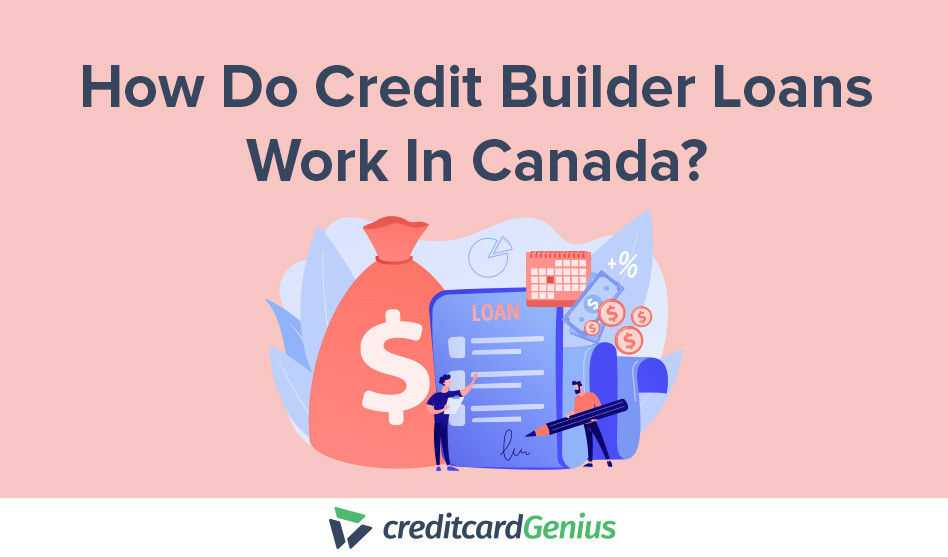

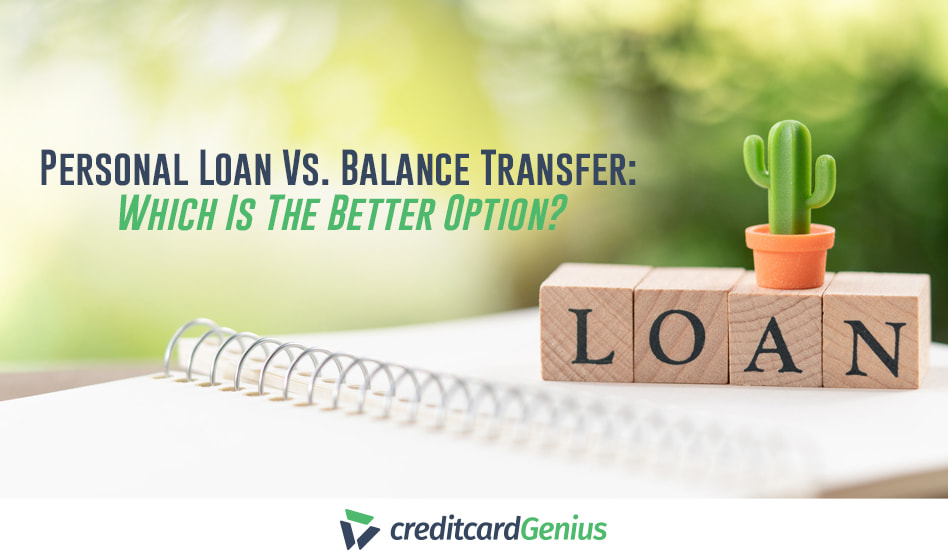
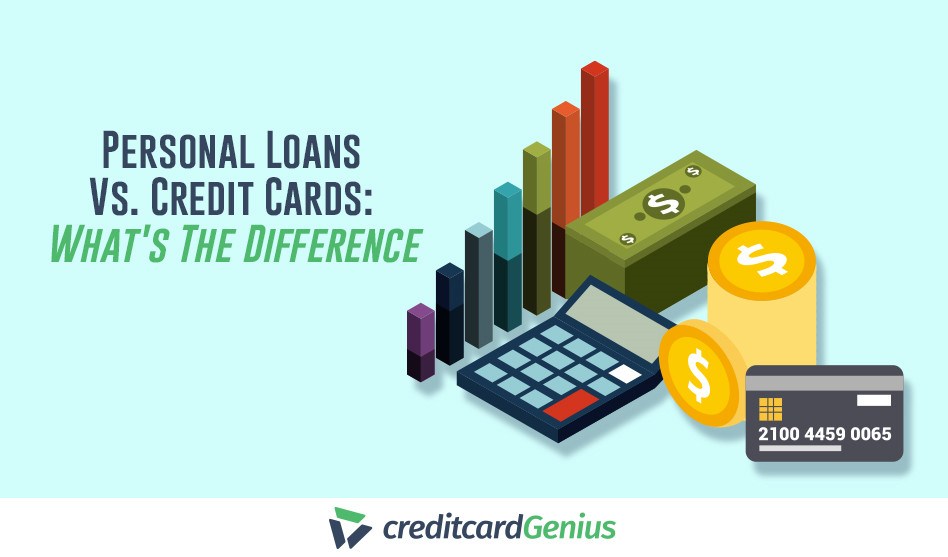


 GC:
GC: 
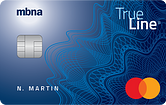
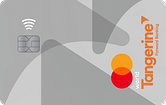
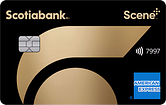
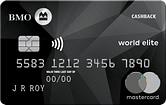
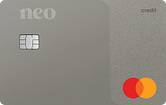
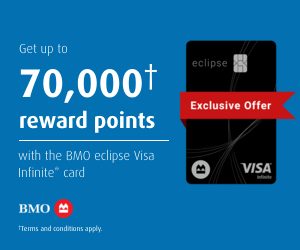
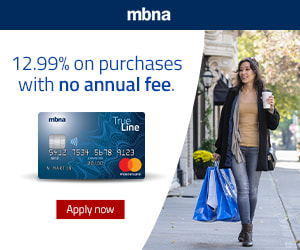
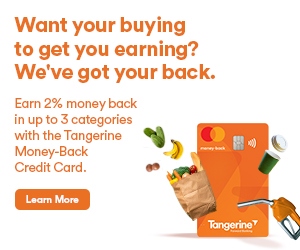


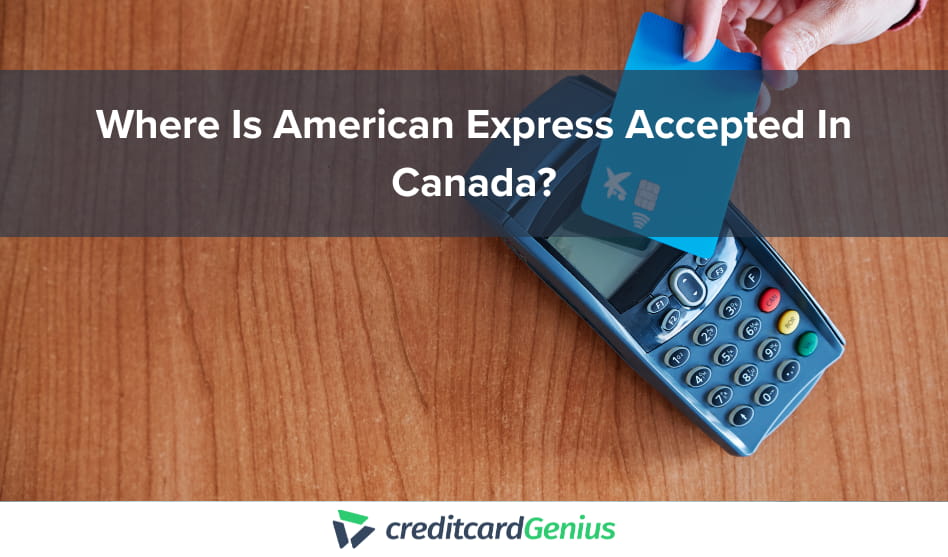


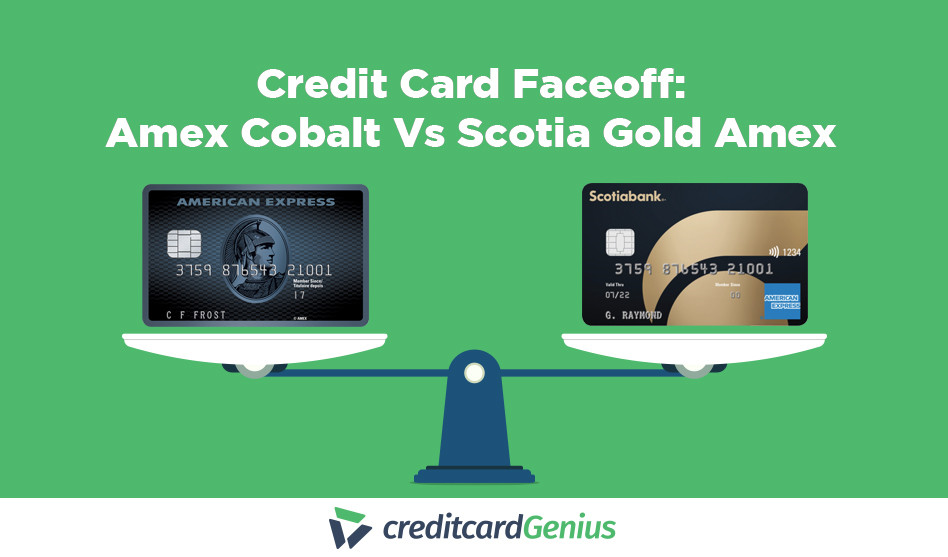
.png)




















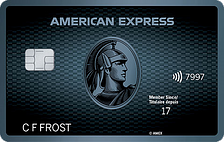
 $100 GeniusCash + Earn up to 15,000 Welcome Bonus Membership Rewards® Points.*
$100 GeniusCash + Earn up to 15,000 Welcome Bonus Membership Rewards® Points.*
Comments
Leave a comment
Required fields are marked with *. Your email address will not be published.